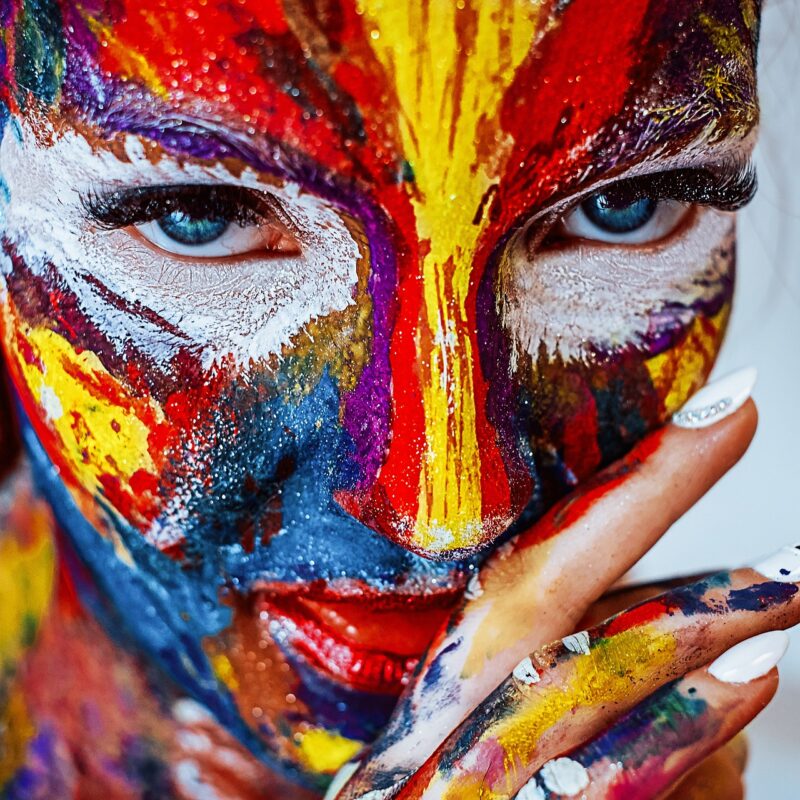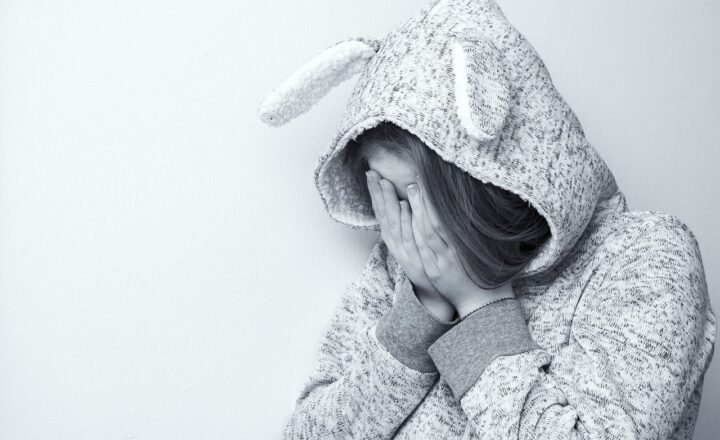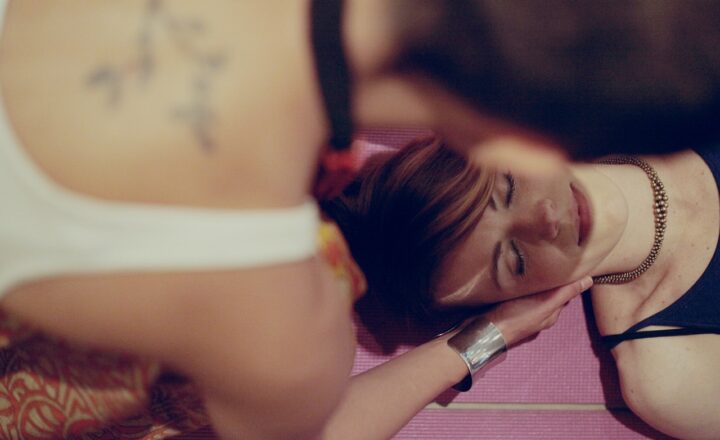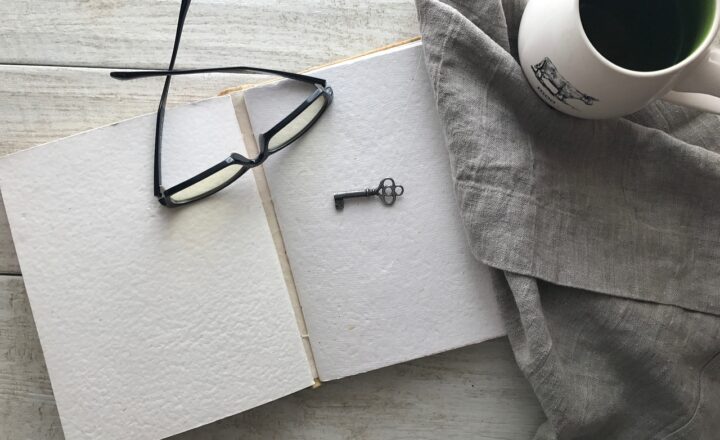
Artistic expression has been a vital aspect of human culture and personal identity throughout history. From cave paintings to contemporary installations, creativity has served as a powerful form of communication and self-exploration. In our modern world, where mental health challenges are prevalent, artistic expression has emerged as an effective tool for improving mental wellbeing.
1. The Connection Between Art and Mental Health
Research increasingly indicates a solid link between artistic expression and mental health benefits. Engaging in artistic activities can facilitate emotional release, promote self-awareness, and foster social connections. Here’s how:
- Emotional Release: Creating art allows individuals to express emotions that they may find difficult to verbalize. This release can be cathartic, providing a safe space for feelings of sadness, anger, or anxiety to be channeled into a constructive form.
- Self-Exploration: Artistic activities can serve as a means of self-discovery. By exploring themes that resonate personally, individuals can gain deeper insights into their experiences, beliefs, and emotions, which can aid in their mental clarity and identity development.
- Social Connectivity: Participating in art classes, workshops, and community projects fosters connections with others. These social interactions can combat feelings of isolation and promote a sense of belonging.
The foundation of using art as a therapeutic tool is rooted in its ability to unleash creativity and promote emotional understanding, making it invaluable for mental health.
2. Forms of Artistic Expression and Their Impact
There are various forms of artistic expression, each providing unique benefits to mental wellbeing. Here’s a closer look at how different art mediums contribute:
- Visual Arts (Painting, Drawing, Sculpture): The visual arts allow for exploration of textures, colors, and shapes, fostering creativity and mindfulness. Engaging with these mediums can reduce symptoms of anxiety and depression by providing focus and a sensory experience.
- Performing Arts (Dance, Theatre, Music): Movement, rhythm, and expression are key elements here. Dance, particularly, has been shown to release endorphins, boost mood and enhance physical health, while music allows for emotional expression and community bonding through shared experiences.
- Writing (Poetry, Journaling, Storytelling): Writing can be a powerful adjunct to mental health. It serves as a reflective practice that facilitates catharsis, emotional clarity, and even the re-framing of personal narratives, helping people understand their thoughts and feelings better. Journaling can also serve as an everyday practice that reduces stress and promotes gratitude.
Each artistic form offers different ways to express oneself, connect with deeper emotions, and establish a constructive outlet for challenges.
3. The Therapeutic Benefits of Art Therapy
Art therapy has gained recognition as a valid therapeutic approach for various mental health conditions. It combines artistic activity with psychotherapy, harnessing the healing aspects of creative expression. Supported by trained therapists, individuals can utilize art to facilitate healing in the following ways:
- Reducing Anxiety and Depression: A focus on creating art without judgment helps individuals reduce their anxiety and depressive symptoms by promoting relaxation, encouraging emotional expression, and developing coping strategies.
- Enhancing Communication Skills: In a therapeutic setting, the act of creating art can serve as a non-verbal communication tool, especially for individuals struggling with articulation due to trauma or other experiences.
- Promoting Mindfulness: The process of creating art often encourages individuals to be present in the moment, thereby enhancing mindfulness, which is critical for mental health. Mindfulness practice can reduce stress levels significantly.
Art therapy allows for a safe space to explore thoughts and emotions, ultimately leading to healing, personal growth, and enhanced self-acceptance.
4. How to Incorporate Artistic Expression in Daily Life
To reap the mental health benefits of artistic expression, consider incorporating creativity into your daily routine. Here are some suggestions:
- Start Painting or Drawing: You don’t need to be an expert—just express yourself freely. Grab some paints, a sketch pad, or even try digital drawing to let your feelings flow without pressure.
- Join a Dance Class: Movement is liberating! Sign up for partner dance classes, or experiment with styles like Zumba, contemporary, or hip-hop to both enjoy physical activity and connect with others.
- Establish a Journaling Habit: Regardless of whether your writing is thematic or free-flowing, setting aside just a few minutes each day to jot down thoughts or feelings can significantly impact your mental clarity.
- Participate in Community Art Projects: Look for local art initiatives or workshops that foster community participation and connection. Projects like public murals or collaborative art installations can provide a sense of belonging and achievement.
Incorporating art into daily life not only improves mental health and self-expression but also enhances creativity and resilience.
5. Conclusion
Artistic expression is an essential tool for mental wellbeing, allowing individuals to explore their emotions, express themselves creatively, foster connections, and heal through various mediums. The therapeutic benefits of art therapy and the ability to integrate creativity into daily life highlight the significance of art in mental health.
The tangible benefits that artistic expression can impart on mental health are profound. Proudly, you do not need to be a professional artist to engage in creative practices—everyone has the innate capacity for artistic expression.
So, embrace art! Dive into the richness of creativity to enhance your mental wellbeing and foster resilience as you navigate life’s challenges. By prioritizing artistic pursuits, we can cultivate art as an avenue for healing and self-discovery, ultimately enriching our lives and our communities.








